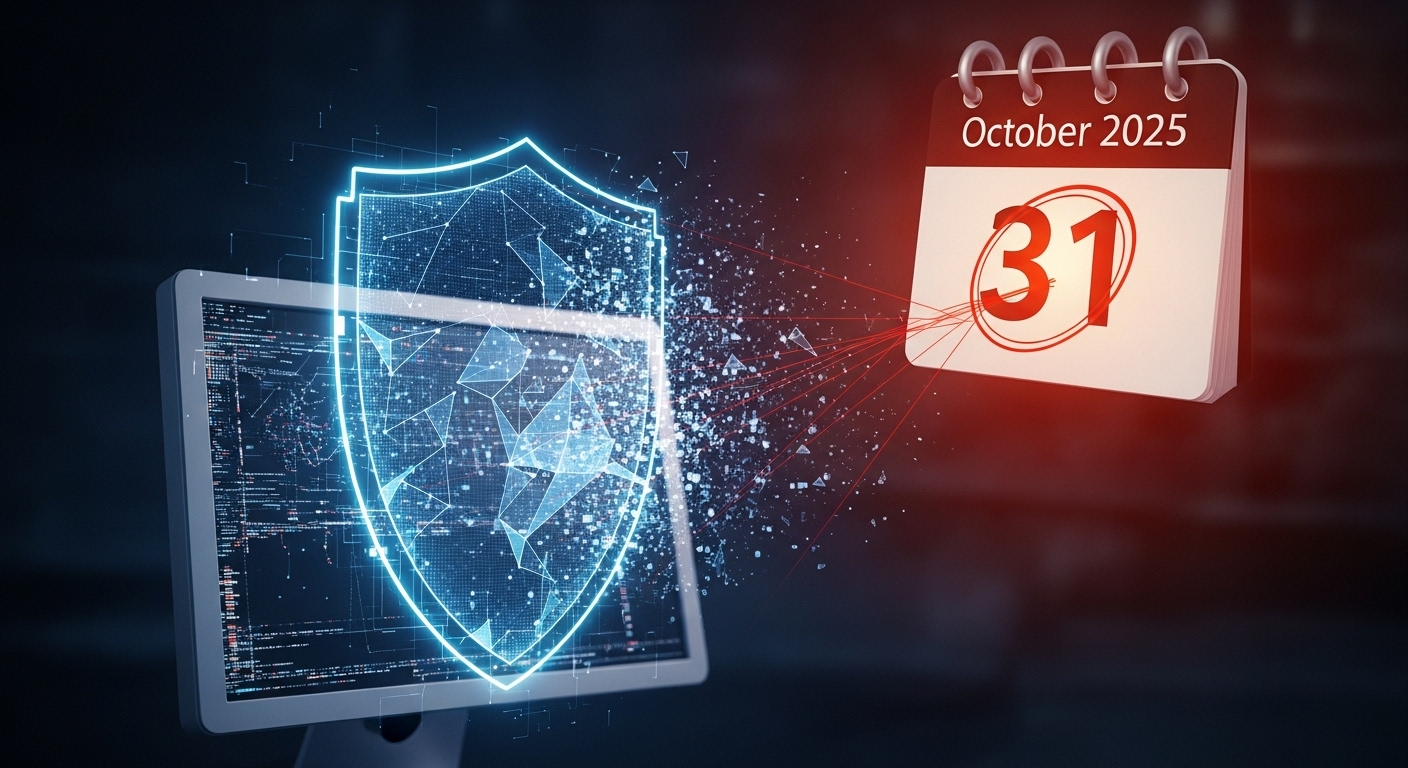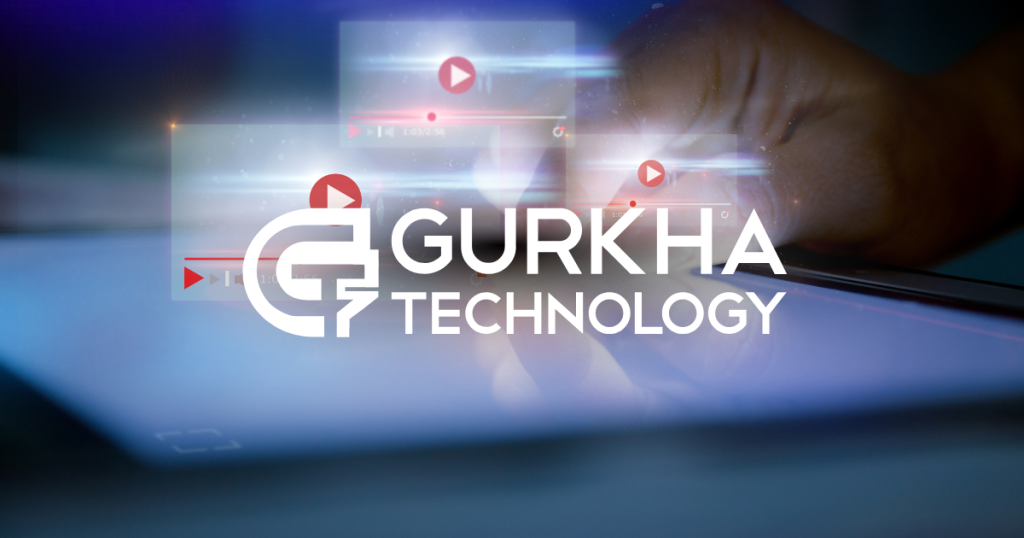Windows 10 Free ESU: Extend Security Updates & Options
Executive Summary
The official end of support for Windows 10 is scheduled for October 14, 2025. After this date, devices will no longer receive essential security updates, technical support, or new feature enhancements, which presents a significant and escalating cybersecurity risk for users and organizations. In response to the large number of consumer PCs that cannot upgrade to Windows 11, Microsoft has introduced a policy change that allows individual users to receive one year of Extended Security Updates (ESU) for free, extending security coverage until October 13, 2026.
This free ESU program serves as a critical, albeit temporary, security bridge. This report provides a detailed analysis of all available options for Windows 10 users, from upgrading to Windows 11 and its associated hardware challenges, to exploring third-party patching services and the compelling, long-term alternative of migrating to an open-source operating system like Linux. The findings suggest that while the free ESU program offers a crucial immediate solution, a proactive, long-term strategy—whether through upgrading or transitioning to a new OS—is essential to mitigate future risks and ensure sustained security.
1. The End of the Road: Understanding Windows 10’s End of Life
1.1 The Official Deadline and Its Immediate Implications
Microsoft’s support for the Windows 10 operating system officially concludes on October 14, 2025. On this date, the company will cease providing a range of essential services and updates. This includes technical assistance, feature updates, and, most critically, security updates. While a device will not immediately cease to function on October 15, the long-term implications of operating without these updates are substantial.
The primary solution offered by Microsoft to extend this period is the Extended Security Updates (ESU) program. This program is not a continuation of full support but is specifically designed as a temporary measure, described by Microsoft itself as a “last resort” and a “temporary bridge” to a newer platform. The ESU program provides a limited set of security updates for a defined period, but it does not re-enable the comprehensive support model that Windows 10 has enjoyed for the last decade.
The cybersecurity risk associated with this transition is not a static threat but one that grows over time. On the day after the official end-of-life date, the risk level is only marginally higher than it was the day before. However, as time progresses, this risk compounds. When a vulnerability is discovered and patched in a supported operating system like Windows 11, the details of that fix often become public knowledge. Cybercriminals can then analyze the patch to understand the underlying vulnerability and develop exploits for older, unsupported systems that will never receive a fix for that specific flaw. This progressive accumulation of unpatched, publicly known vulnerabilities, sometimes referred to as “N-day” exploits, makes Windows 10 a progressively easier and more attractive target for malicious actors. This dynamic creates a dangerous and increasing cybersecurity debt for anyone who chooses to operate an unsupported system beyond its official lifecycle.

1.2 The Cost of Inaction: An In-Depth Risk Analysis
Operating a Windows 10 system after the end-of-life date carries multifaceted risks that extend far beyond simple cybersecurity. Unpatched systems are a prime target for cyberattacks, with a significant percentage of data breaches—as high as 60% in some reports—attributed to known but unpatched vulnerabilities. These attacks can manifest in various forms, including ransomware, data theft, and malware infections. High-profile incidents, such as the WannaCry ransomware attack and the Equifax data breach, have been directly linked to the exploitation of known but unpatched software flaws.
For individuals and especially for organizations, the consequences of a security breach can be severe. A successful attack can lead to financial losses, reputational damage, and costly legal ramifications. For businesses, staying on an unsupported operating system can also lead to compliance violations with regulatory frameworks that require the use of up-to-date and secure software to protect sensitive data. The operational risks are equally significant, encompassing software and hardware incompatibility, degraded performance, and a lack of technical support, all of which can lead to system downtime and reduced productivity.
This interconnected web of risks underpins Microsoft’s strategy for its commercial ESU program. The intentionally high and escalating costs—starting at $61 per device for the first year and doubling annually for three years—are a powerful financial incentive designed to compel businesses to migrate. The company’s business model is based on the assumption that the financial and reputational costs of a data breach will ultimately far exceed the price of purchasing new hardware and upgrading to a supported operating system. In this context, the “cost of waiting” is not merely an inconvenience but a significant long-term liability that will inevitably exceed the cost of a planned and proactive transition.
2. The Official Lifeline: Microsoft’s Extended Security Updates (ESU) Program
2.1 ESU Explained: A Last-Resort, Temporary Bridge
The Windows 10 ESU program is designed to provide a limited, temporary lifeline for users who are unable to upgrade to a newer operating system. It is explicitly not a long-term solution but a “temporary bridge” to a newer platform. The program focuses exclusively on delivering security updates that are classified as “critical” or “important” by the Microsoft Security Response Center.
The ESU program comes with notable limitations. It does not include new features, non-security bug fixes, or design changes. Furthermore, general technical support will not be provided for Windows 10 versions past the end-of-support date. Support is limited only to issues related to the ESU license activation and installation itself. The decision to limit ESU’s scope is a strategic move by Microsoft. By withholding new features and general support, the company ensures that users who enroll are not getting a “free pass” to stay on a stagnant OS indefinitely. The user experience will not improve and may degrade over time, reinforcing the underlying message that migration is the necessary long-term solution.
2.2 A Tale of Two Programs: Consumer vs. Commercial ESU
Microsoft’s ESU program is a bifurcated offering, with separate paths for consumers and commercial users, which highlights the company’s different strategic priorities for each group. The consumer ESU program offers a single year of security updates until October 13, 2026, and provides both paid and free enrollment options. The paid option costs $30 for a one-year subscription. The two free options were recently announced and are available to any personal PC running Windows 10, version 22H2, with the latest updates installed. These options require a commitment through a Microsoft account and are tied to either syncing settings with the cloud via the Windows Backup program or redeeming 1,000 Microsoft Rewards points. This free offer is specifically for personal use and is not available on commercial devices that are part of a managed enterprise network. The free consumer offering is a strategic public relations and risk management decision, given the millions of consumer PCs that are ineligible for a Windows 11 upgrade.
In stark contrast, the commercial ESU program is a paid, cumulative subscription that is structured to be a powerful financial disincentive for businesses to stay on Windows 10. The cost is per device and escalates annually for a maximum of three years. A license for the first year costs $61, Year 2 doubles to $122, and Year 3 doubles again to $244, for a total of $427 per PC over three years. Notably, the licenses are cumulative, meaning that to purchase coverage for Year 2 or 3, a business must also pay for all prior years, which creates a significant upfront cost. The only exception is for education customers, who receive a heavily subsidized rate: $1 for Year 1, $2 for Year 2, and $4 for Year 3, for a total of $7 per PC. This policy reveals a clear business objective: to force large-scale enterprise migration to Windows 11 by making continued use of Windows 10 prohibitively expensive.
The following table summarizes the ESU options for personal users:
Table 1: Windows 10 ESU Options for Personal Users
| Option | Cost | Effort/Requirements | Subscription Duration |
|---|---|---|---|
| Free via Windows Backup | Free | Requires signing in with a Microsoft account and syncing settings to the cloud | 1 Year (until Oct. 13, 2026) |
| Free via Microsoft Rewards | Free | Requires redeeming 1,000 Microsoft Rewards points | 1 Year (until Oct. 13, 2026) |
| Paid Program | $30 | Direct purchase via the enrollment wizard | 1 Year (until Oct. 13, 2026) |
2.3 ESU Prerequisites and Activation: The Technical Breakdown
To be eligible for the ESU program, a Windows 10 device must be running on version 22H2 with the latest updates installed. Microsoft’s activation process is distinct for consumers and commercial users, reflecting their differing technical proficiencies and management environments.
For individual consumers, the enrollment process is streamlined and user-friendly.
It is initiated through a notification in the Windows Update settings, where an enrollment wizard guides the user through the process. This automated, low-friction approach is designed to maximize consumer adoption of the free ESU program, thereby reducing the overall number of unpatched devices.
In contrast, the commercial activation process is a more complex, manual procedure that requires the technical expertise of an IT administrator. It involves obtaining a Multiple Activation Key (MAK) from the Microsoft 365 admin center and using command-line tools from an elevated Command Prompt to install and activate the key. The process necessitates administrative privileges and access to Microsoft’s activation endpoints. This deliberate complexity reinforces the enterprise-centric nature of the paid program and provides organizations with the necessary granular control to manage large-scale device activations.

The Crossroads: A Comparative Analysis of Long-Term Strategies
The Path Forward: Upgrading to Windows 11
For users with compatible hardware, upgrading to Windows 11 represents the most secure and forward-looking option. The upgrade is offered free of charge and provides a host of improvements over its predecessor. Windows 11 is positioned as the most secure operating system Microsoft has ever built, featuring advanced security protocols like a mandatory TPM 2.0 security chip and virtualization-based security, which are designed to protect against modern, sophisticated threats at the firmware and kernel level. Beyond security, the OS offers a modernized and consistent user interface, improved performance, and new AI-powered features through Copilot.
The primary barrier to this upgrade is the stringent hardware requirements, particularly the need for a specific CPU and a TPM 2.0 security chip. This renders millions of otherwise functional Windows 10 devices ineligible for the official upgrade path. These requirements are not arbitrary limitations but a foundational part of Microsoft’s security-first design philosophy. By enforcing these standards, Microsoft is effectively accelerating the hardware refresh cycle, which benefits the PC manufacturing ecosystem and pushes users toward a more secure, modern computing experience.
The Alternative Road: Exploring Third-Party and Unofficial Solutions
The market for unofficial and third-party solutions has emerged as a direct response to Microsoft’s strict upgrade policies. One such option is 0patch, a service that provides “micropatches” for critical security vulnerabilities. These patches are applied directly in a system’s memory without altering executable files, which can prevent exploits without requiring a full system update or reboot. 0patch claims to support Windows 10 until at least October 2030, and its pricing is significantly lower and more predictable than the commercial ESU program. This solution appeals to users seeking a cost-effective, non-disruptive way to get security updates on devices that Microsoft no longer supports. However, it is an unofficial solution that cannot replicate the comprehensive security and bug fixes of official updates and may introduce conflicts with antivirus software or other system-level tools.
Beyond third-party services, there are also unofficial “hacks” and activation scripts that can bypass Microsoft’s license agreements or force Windows 11 installation on unsupported hardware. These solutions are extremely risky. They are often developed by unknown parties with no oversight and can lead to silent failures of future updates, leaving a system vulnerable without the user’s knowledge. Furthermore, using these unauthorized workarounds could result in a device being blocked from corporate or institutional networks if it is found to have unpatched vulnerabilities. Relying on these methods is a gamble with security, and the potential consequences far outweigh any perceived benefit.
The Open-Source Option: Switching to Linux
For users who are unable to upgrade to Windows 11 and wish to avoid the costs or risks of other alternatives, migrating to an open-source operating system like Linux is a viable and compelling long-term solution. Linux is free, secure, and stable, and it is particularly praised for its ability to “revive” older hardware due to its lightweight nature and low system requirements. It offers extensive customization and provides users with granular control over when and how updates are installed. This approach represents a philosophical counterpoint to the commercial, planned-obsolescence model of mainstream operating systems.
The primary challenge of switching to Linux is the learning curve and potential software compatibility issues. While many popular applications now have native Linux versions or can run via compatibility layers like Wine, some specialized or proprietary software may not be available or may not function correctly. However, for a user who is already considering a risky, unofficial security solution, the legitimate and secure alternative of Linux is a far better choice. There are many beginner-friendly “distros,” or distributions, that are specifically designed to ease the transition for Windows users by mimicking its interface and functionality. These include Linux Mint, Zorin OS, and Ubuntu.
The following table provides a comprehensive overview of the viable long-term strategies, allowing for a comparative analysis of each option’s trade-offs.
Table 2: Long-Term Strategy Decision Matrix
| Windows 11 Upgrade | ESU Program (Consumer) | ESU Program (Commercial) | Third-Party Patches | Switching to Linux | |
|---|---|---|---|---|---|
| Cost | Free for compatible PCs | Paid ($30) or Free | High ($427 total for 3 years) | Low (e.g., ~$25/year) | Free |
| Security | Highest (TPM 2.0, VBS) | Moderate (limited scope) | Moderate (limited scope) | Moderate (unofficial, partial) | High (community-driven) |
| Hardware Requirements | Strict (TPM 2.0, CPU) | Low (must be on 22H2) | Low (must be on 22H2) | Low | Low (revives old hardware) |
| Technical Support | Official and comprehensive | Limited (installation only) | Limited (installation only) | Unofficial/None | Community-based |
| New Features | Yes (modern, AI) | No (stagnant) | No (stagnant) | No (static) | Yes (dynamic, customizable) |
| Long-Term Viability | Highest (supported until 2031) | Temporary (1 year) | Temporary (3 years) | Risky, not guaranteed | Very High, sustainable |
Conclusions and Recommendations
The end of support for Windows 10 is a pivotal moment that requires a proactive and informed decision. The central tension for users is the trade-off between security and cost, convenience and long-term viability. The analysis demonstrates that while Microsoft has provided a critical one-year free security lifeline for consumers, this is not a permanent solution and serves to underscore the need for a definitive long-term strategy.
Based on this analysis, the following recommendations are provided based on different user profiles:
- For the “Quick Fix” User: The immediate and simplest action is to enroll in the free ESU program. This will provide a crucial year of security updates and a window to plan for a more permanent solution. It is a necessary step to avoid immediate vulnerabilities without significant cost or effort.
- For the “Proactive” User with Compatible Hardware: The optimal path is to upgrade to Windows 11 now. This is the most secure, officially supported, and future-proof option, ensuring a stable and continuously-updated computing experience without any additional cost.
- For the “Locked-Out” User with Incompatible Hardware: The most sustainable and secure long-term alternative is to migrate to a beginner-friendly Linux distribution such as Linux Mint or Zorin OS. This solution is free, breathes new life into older hardware, and provides a stable, continuously supported operating system.
Finally, the report strongly advises against the use of unauthorized “hacks” or unofficial workarounds. The risks of silent security failures, system instability, and the potential to be blocked from networks far outweigh any perceived benefits. Ultimately, the Windows 10 end-of-life date is not a problem to be solved once but a catalyst for a long-term strategic decision. Proactive planning is the only way to avoid the escalating risks associated with cybersecurity threats, software incompatibility, and the financial burden of reactive, last-minute decisions.
📚 For more insights, check out our digital marketing strategies in Nepal.


